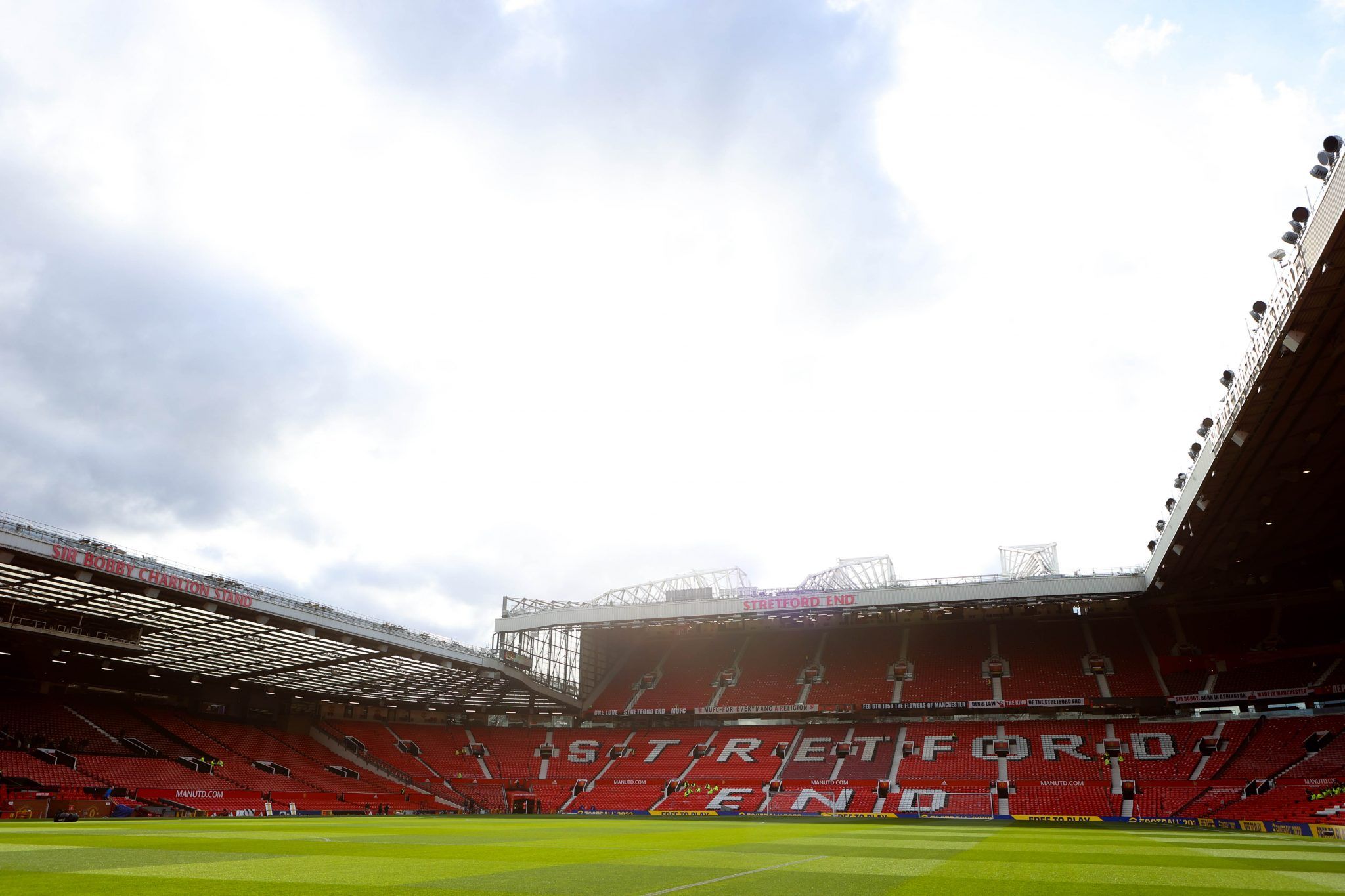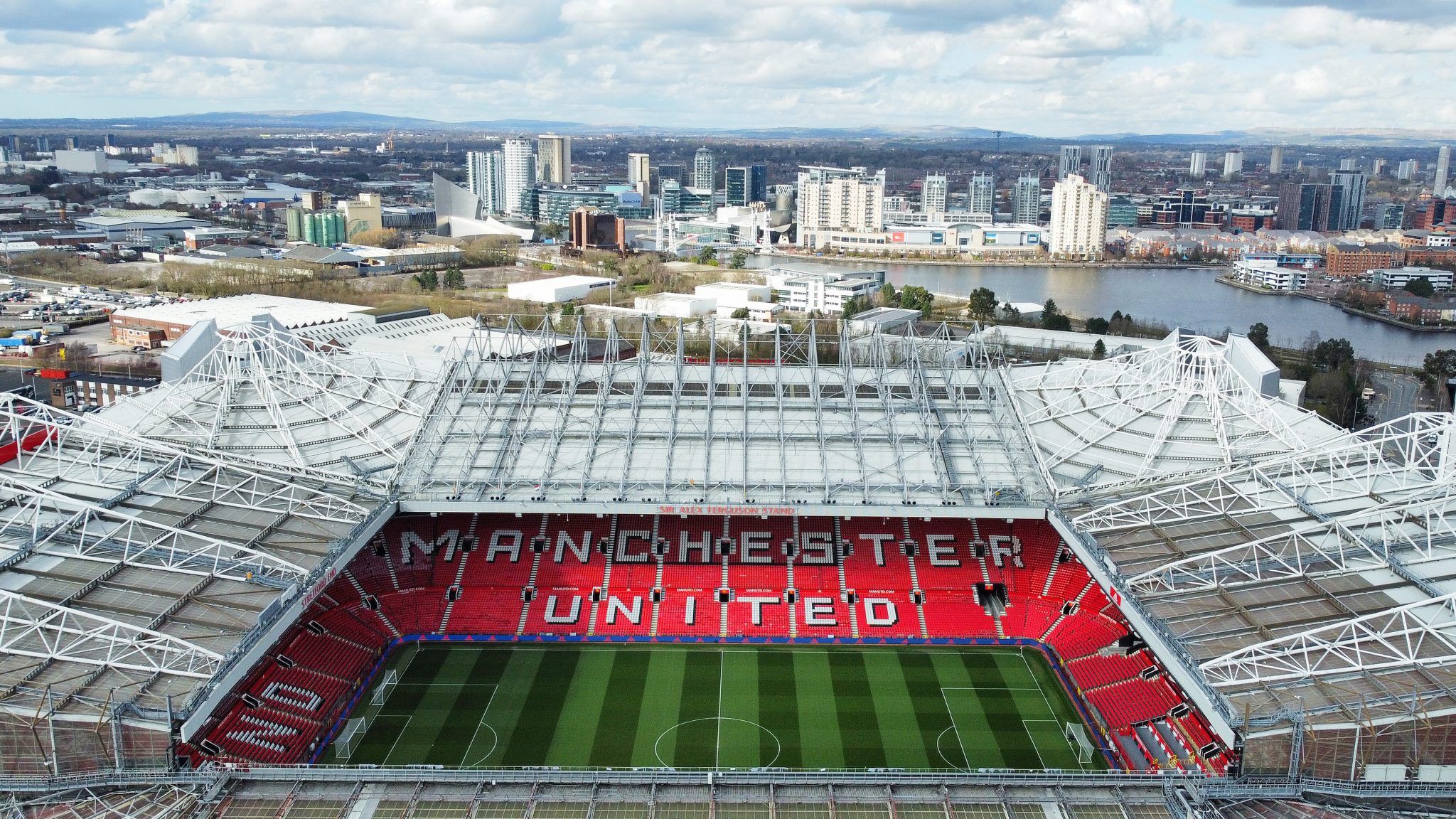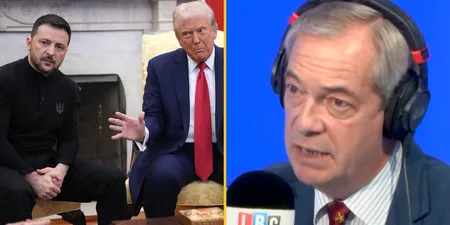He turned five recently, so hasn’t fully grasped the ins and outs of what football is just yet, let alone the intricacies that come with pledging your allegiances to a particular team. Nevertheless, when I told him where we were going – and made clear that, yes, the stadium probably is bigger than an adult brachiosaurus – he seemed quite excited about it.
I’m excited, too. It’s been nearly three years since my last game there. My dad had become too ill to go to matches at the end of the 2017/18 season. When he died the following year, I couldn’t face it on my own. Going there, watching United, was our thing; I knew carrying on alone – seeing someone else sitting in his seat, thinking of all the memories the place held for us – would be too painful, and so I vowed to wait until Ethan was old enough before I went back.
It’s hard not to get a bit emotional about this sort of thing. A big part of being a football fan is embracing nostalgia, and nowhere quite stirs the soul of a supporter like a century-old stadium your dad – and maybe his dad before him – came to when they were kids.
It’s for this reason that so many have found the news that United are giving serious thought to bulldozing Old Trafford to make way for a new one so hard to swallow. All those memories, all that history, torn down to make way for a glitzy state of the art stadium, fit for the modern era – whatever that is. It is, at least at this stage, just an option, but something that is perhaps not so far-fetched when considering who owns the club and the general sense of direction in which football appears to be shifting.
Ask any match-going supporter and they’ll tell you the same: Old Trafford, iconic though it is, is a stadium showing its age. Peer beyond the facade we see beamed across the world on TV on a weekly basis and the signs that the years are taking their toll are clearly visible. The last major work – the addition of the North East and North West quadrants – was signed off before the Glazer family took control and completed 16 years ago. In the time since, like the team that calls it home, Old Trafford has been surpassed by others, and needs overhauling.
A new Old Trafford, repositioned in the space behind the Stretford End is, therefore, one option. The other appears to be a revamp of the existing stadium which would include an expansion of the South Stand – something which has been rumoured since the completion of the North Stand in the mid 1990s. The railway which runs immediately behind the South Stand has often been cited as an obstacle for its expansion, but advances in technology mean this is now a viable option. While an extension may be possible, space is at a premium on that side of the stadium, which may prove an issue if additional turnstiles are going to be required.
What happens ultimately rests with the Glazers. The latest talk of an improved Old Trafford has come from the fallout from last year’s Super League debacle. Desperate to appease fans after playing a prominent role in the doomed breakaway league, the Glazers promised significant upgrades to the stadium and other facilities as they looked to move forward. At least on the surface, they appear to be sticking to that.
It’s reasonable to assume the Super League dream is the reason the Glazers maintained such a tight grip on United for so long. Had it not been met with such fierce opposition and imploded so spectacularly, the Glazers would have been amongst those to take full control of the lucrative TV deals which would have followed. Old Trafford’s revamp, therefore, feels very much like a Plan B, and with the owners only viewing the world in dollar signs, the final decision will likely be the one which makes them the most money.
The Glazers know the value of the United brand and will no doubt have taken note of the surge in match day revenue Tottenham have seen with their new stadium. While parts of Old Trafford, such as the Megastore, are geared at making money, it’s easy to see why a blank canvas for a new stadium designed with the sole purpose of maximising revenue, of extracting every last penny from supporters, would be so attractive.
There are other things to factor in, of course. Would there be a period of time where United might have to find somewhere else to play before work on the new stadium was complete? Would it be funded by the Glazers heaping even more debt on the club’s name to pay for it?
Logically, though, if it was easy to strip away all the inherent emotion and nostalgia that comes with being a supporter, Old Trafford 2.0 would be viewed as a smart move – maybe even a necessary step to help United keep pace in a world where football continues to be divided up between nation states and the mega-wealthy.
So in a couple of weeks, I’ll take my son for his first game at Old Trafford. I’ll point out where Grandad Dave used to stand when he was a lad in the 1950s. I’ll tell him about the times we had there together and how much he’d have loved to have been here to see his grandson’s first game, to cheer that first goal with him. I’ll wonder if, by the time he has kids, Old Trafford as I’ve always known it will even be here.
Perhaps it’s right to ask if in the long-term United can afford to turn down the opportunity of a fresh start and the riches it would bring. But the memories, the history, that sense of a place being passed from one generation to another – can you really put a price on something like that?






































